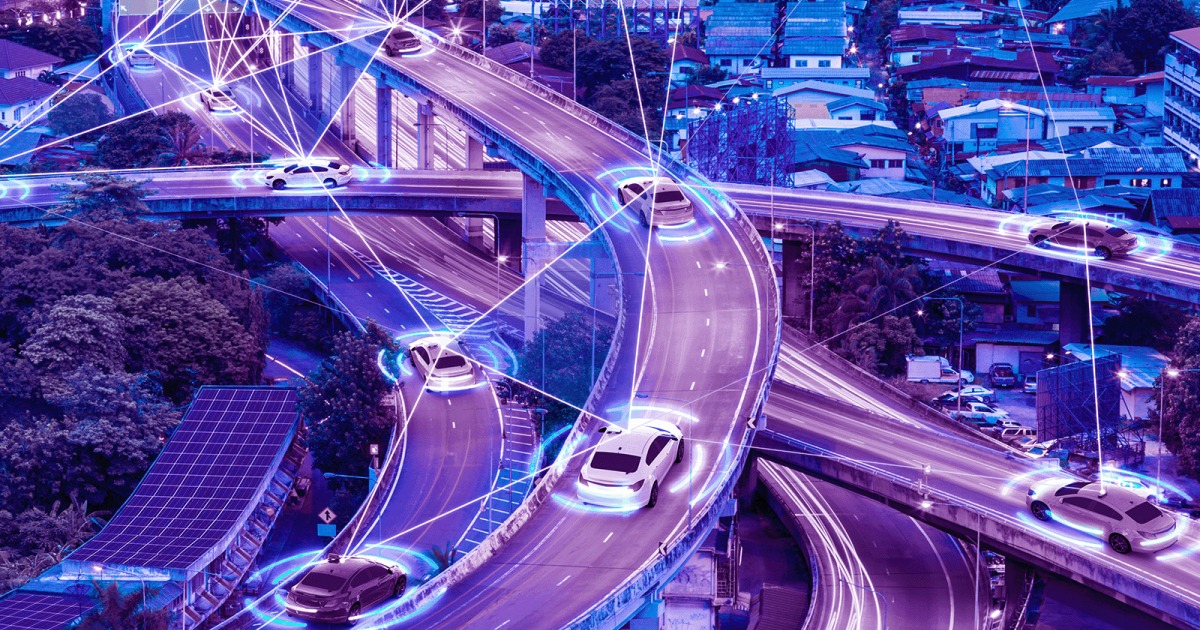Transportation technology is undergoing a period of unprecedented transformation, driven by rapid advancements in digitalization, automation, and sustainable energy. From smart traffic management systems to electric and autonomous vehicles, these innovations are reshaping how people and goods move, promising greater efficiency, safety, and environmental sustainability.
Smart Traffic Management Systems: Congestion in urban areas is a growing challenge worldwide. Smart traffic management systems leverage real-time data from sensors, cameras, and connected vehicles to optimize traffic flow. These systems can dynamically adjust traffic light timings, provide drivers with alternative routes, and even manage parking availability, leading to reduced travel times and fuel consumption. Furthermore, integrated public transport information systems provide commuters with accurate and up-to-the-minute schedules and route planning, encouraging the use of public transport and alleviating road congestion.
Electric Vehicles (EVs): The shift towards electric mobility is gaining significant momentum as concerns about air quality and climate change escalate. EVs, powered by rechargeable batteries, produce zero tailpipe emissions, contributing to cleaner urban environments. Technological advancements in battery technology are leading to increased driving ranges and faster charging times, making EVs a more practical and appealing option for a wider range of consumers. Government incentives and the development of charging infrastructure are further accelerating the adoption of EVs globally.
Autonomous Vehicles (AVs): Perhaps the most revolutionary aspect of transportation technology is the development of autonomous vehicles. These self-driving cars utilize a suite of sensors, including lidar, radar, and cameras, along with sophisticated artificial intelligence algorithms, to perceive their surroundings and navigate without human intervention. AVs hold the potential to significantly improve road safety by eliminating human error, increase transportation efficiency through optimized routing and platooning, and provide mobility solutions for the elderly and disabled. While still in the development and testing phases, AV technology is rapidly advancing, with pilot programs and limited commercial deployments already underway.
Hyperloop and High-Speed Rail: For long-distance travel, innovative technologies like the Hyperloop and advancements in high-speed rail are emerging. The Hyperloop, a concept involving passenger pods traveling at high speeds through low-pressure tubes, promises to drastically reduce travel times between cities. High-speed rail networks, already well-established in some parts of the world, are being further expanded and improved, offering a faster and more sustainable alternative to air travel for certain routes.
Drone Technology: Drones are increasingly being utilized for various transportation and logistics applications. From delivering small packages and medical supplies to conducting infrastructure inspections and providing aerial surveillance, drones offer speed, efficiency, and access to remote areas. Advancements in drone technology, including increased payload capacity and longer flight times, are expanding their potential applications across industries.
The Integration of Data and Connectivity: Underpinning all these advancements is the increasing integration of data and connectivity. The “Internet of Things” (IoT) is connecting vehicles, infrastructure, and devices, enabling seamless communication and data exchange. This connectivity allows for real-time traffic monitoring, predictive maintenance of vehicles and infrastructure, and personalized mobility services. Mobile applications and digital platforms are becoming central to how people plan, book, and pay for transportation services, fostering greater convenience and efficiency.
Challenges and Future Directions: While the potential benefits of these transportation technologies are immense, several challenges remain. These include ensuring cybersecurity of connected vehicles and infrastructure, establishing robust regulatory frameworks for autonomous vehicles, addressing the social and economic impacts of automation on the workforce, and developing sustainable and ethical sourcing of materials for batteries and other technologies. The future of transportation technology will likely involve a multimodal approach, integrating various modes of transport into a seamless and efficient system. Further research and development in areas like artificial intelligence, advanced materials, and energy storage will be crucial in shaping the next generation of mobility. Collaboration between governments, industry, and research institutions will be essential to navigate the challenges and realize the full potential of transportation technology to create a more sustainable, safe, and accessible future for all.

Leave a Reply